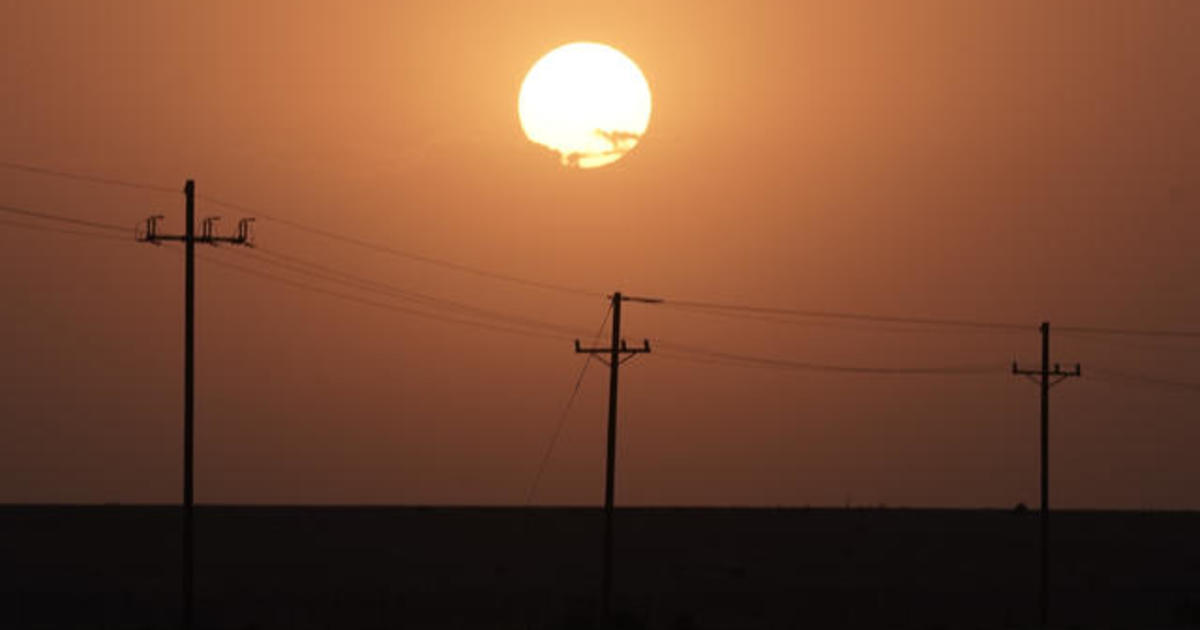
Summer heat waves could cause more blackouts than ever. An expert explains the potentially deadly trend.
CBSN
Heat waves across parts of the United States are becoming increasingly common as global temperatures rise. The alarming trend threatens to put more pressure on electrical grids that are not ready for the increased strain — and the results could be potentially deadly.
"In every dimension we can measure, heat waves are increasing over the last 10 to 20 years," School of City and Regional Planning at the Georgia Institute of Technology researcher Brian Stone Jr., Ph.D. said on CBSN Thursday. "We know there's a relationship between heat waves and energy demand, and just hot weather in the summer, and so we're finding that a disproportionate number of blackouts are happening." He said climate change was responsible for heat waves starting earlier and being more intense.More Related News
